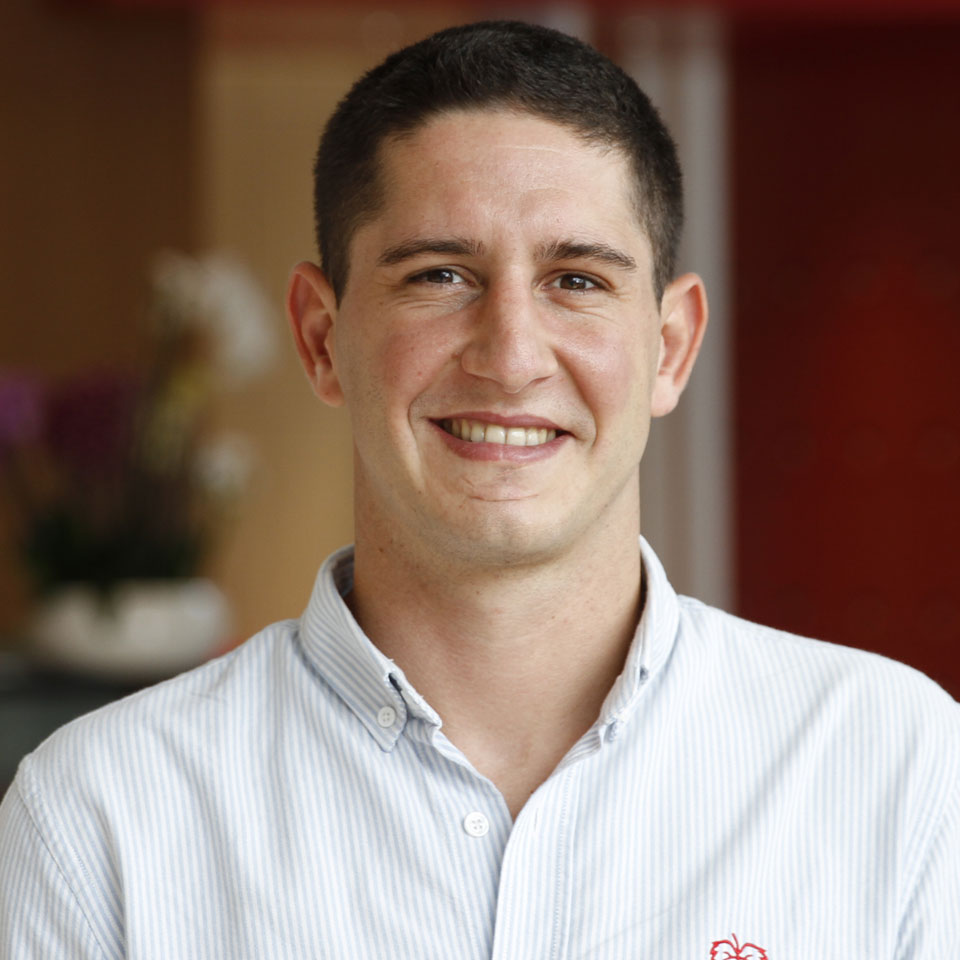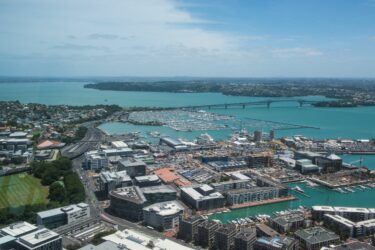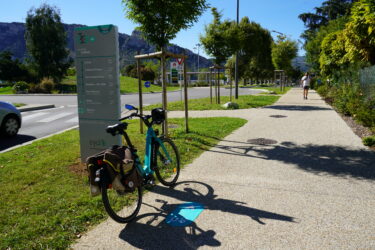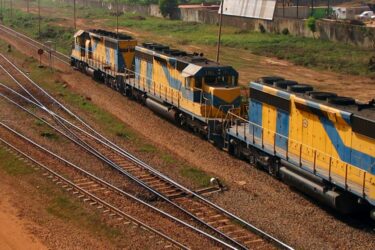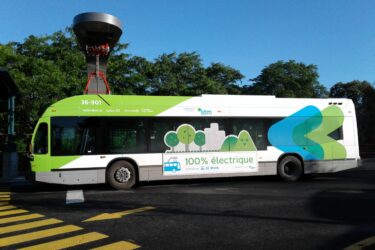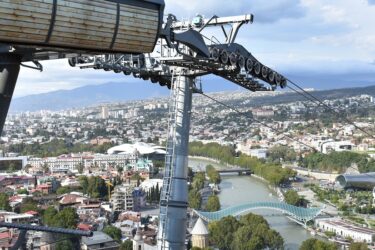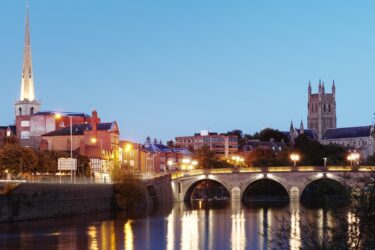The new multimodal interchange at Taranto, in southern Italy, stands out for the ambition of our client, rail network operator Rete Ferroviaria Italiana (RFI), to make it a benchmark for environmental certification.
SYSTRA’s design deliverables and the construction work will be inspected for these certifications so that the future multimodal terminal can obtain them.
RFI has adopted high sustainability criteria to assess the performance of the infrastructure, using four certification systems:
- LEED (Leadership in Environmental and Energy Design) certification: this American certification, developed by the US Green Building Council, aims to promote the high environmental quality of buildings, and has an evaluation scale specifically dedicated to transport.
- The Envision Protocol, an assessment system created in the United States by the ISI (Institute for Sustainable Infrastructure) for sustainable infrastructure projects. It is promoted in Italy by ICMQ, one of the main certification bodies in the construction sector.
- Compliance with the DNSH (Do No Significant Harm) principle, which derives from European taxonomy, the central feature of the action plan for sustainable finance.
- And CAM (Criteri Ambientali Minimi) certification, which sets the minimum environmental criteria to be applied to every public infrastructure construction project in Italy and promotes the growth of the circular economy.
The layout of the station will be radically transformed with the arrival of a Bus Rapid Transit (BRT) network and the integration of soft modes. A new passenger building will be erected next to the existing station, connecting with the Croce Terminal bus station, and a new park-and-ride facility will be built nearby. The road network will be redesigned to include a subway for pedestrians, green spaces, new low-energy lighting, high platforms for bus access and wider cycling areas.
TARANTO, A CITY FIGHTING POLLUTION
Taranto is one of the most polluted cities in Europe. Its regional area is made up of petrochemical and steel industrial zones, which have been criticised for their discharges into the environment.
In addition to its sustainable certifications, the redevelopment of the station, designed entirely using BIM, focuses on optimising the use of land, protecting resources, particularly water by preserving local hydrology, landscaping to minimise visual impact, and reducing construction waste.
 Australia
Australia  Brazil
Brazil  Canada
Canada  China
China  Denmark
Denmark  France
France  India
India  Indonesia
Indonesia  Ireland
Ireland  Italy
Italy  Malaysia
Malaysia  New Zealand
New Zealand  Norway
Norway  Poland
Poland  Saudi Arabia
Saudi Arabia  Singapore
Singapore  South Korea
South Korea  Sweden
Sweden  Taiwan
Taiwan  Thailand
Thailand  United Kingdom
United Kingdom  United States
United States  Vietnam
Vietnam 




